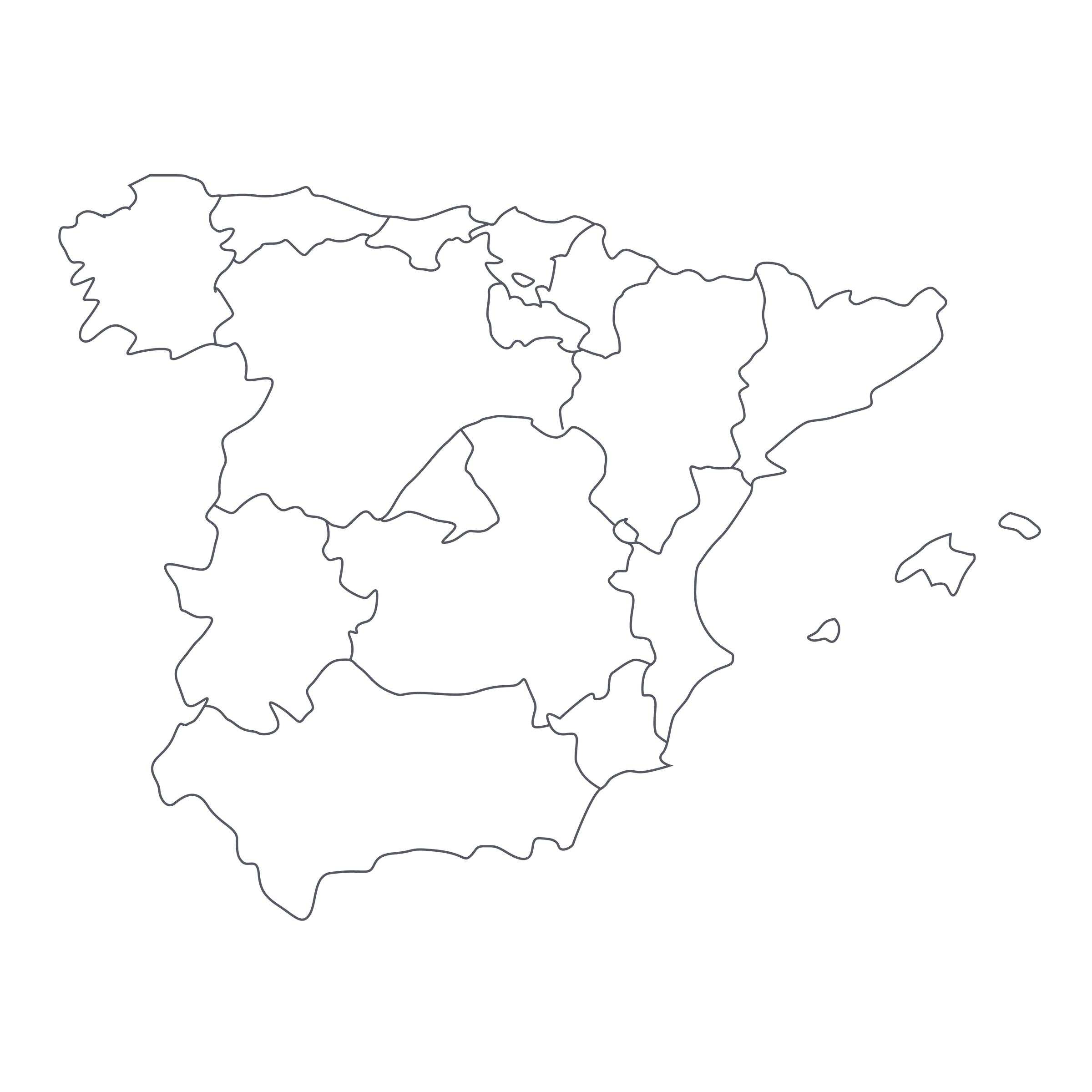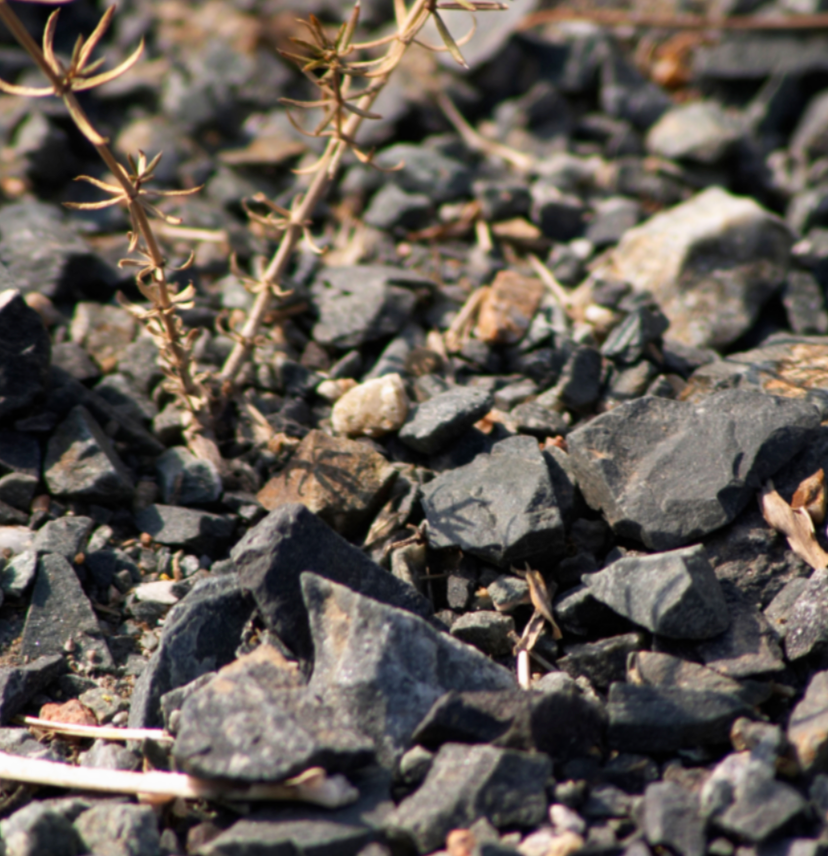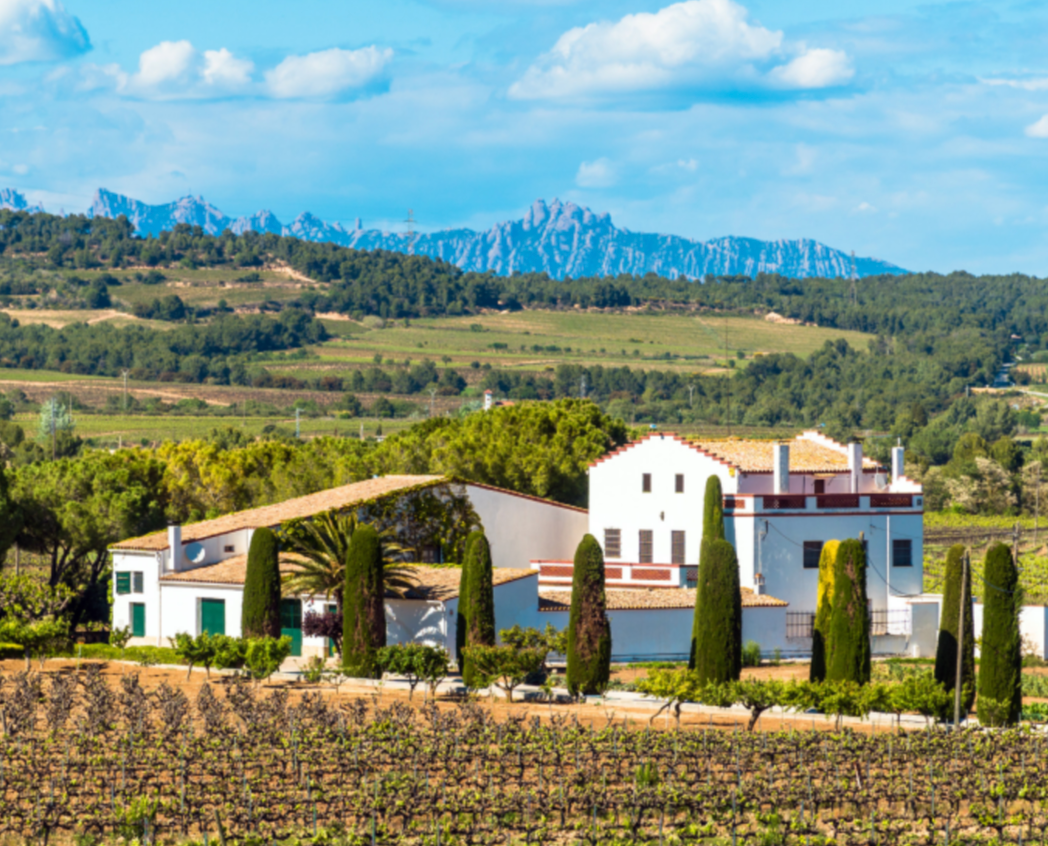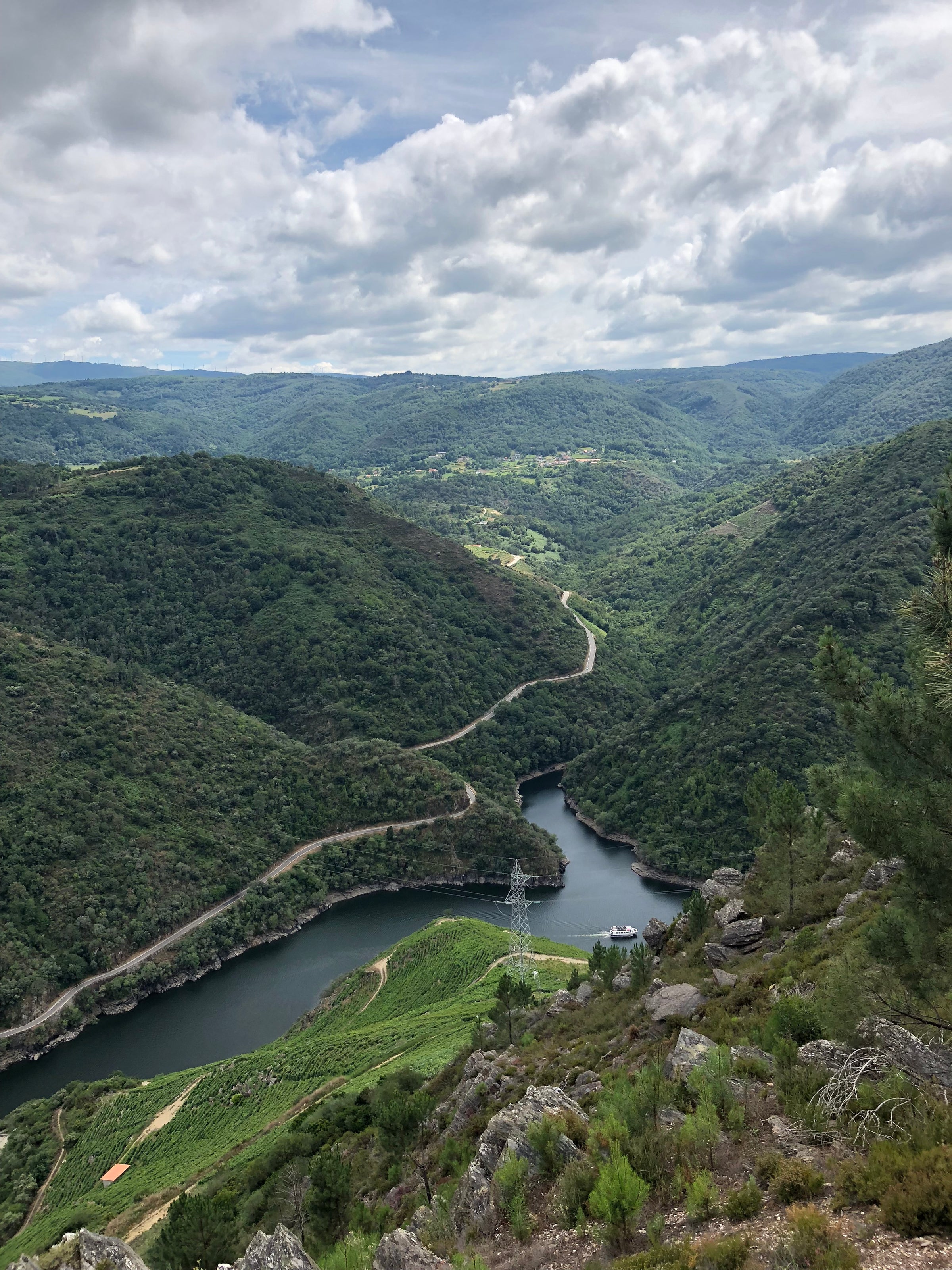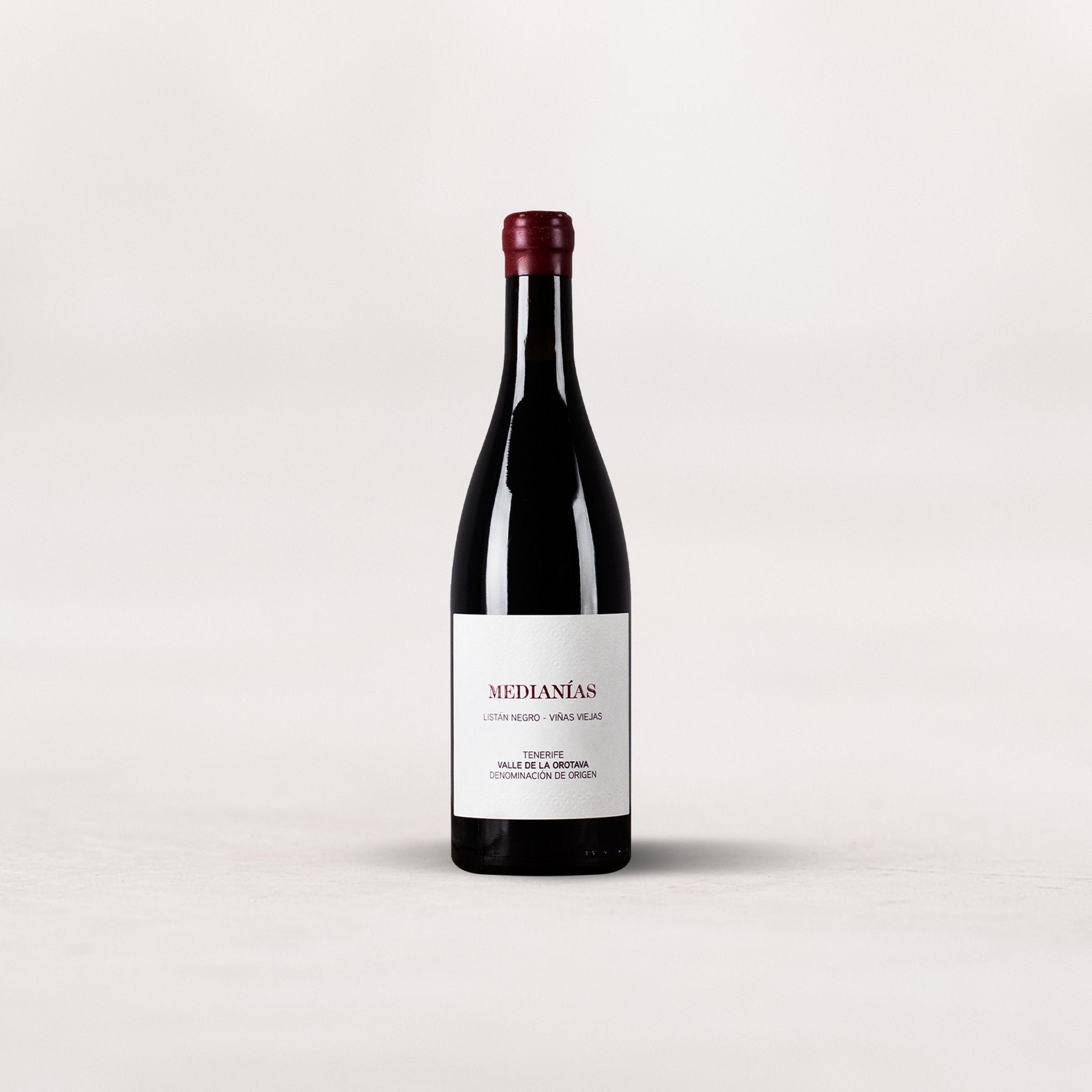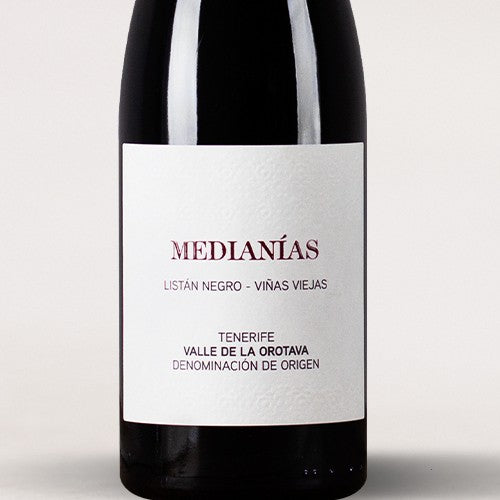Ever since my visit to the Canary Islands a few years ago, the wines from there have become an obsession of mine. Whether white or red, these wines bear such an indelible “volcanic” stamp that they’re easy to identify blind, but beyond that, they continue to get better and better from a qualitative standpoint.
One of the modern-day greats of Canary Island viticulture is Jonatan García Lima of Suertes del Marqués, whose jewel-box winery on the island of Tenerife is my suggested first stop for anyone looking to dive into the world of Canary Island wine—a dive I cannot recommend highly enough, by the way. Heirloom vines in Tenerife’s Valle de la Orotava—in this case, 80- to 150-year-old plantings of Listán Negro, the region’s premier red variety—supply Jonatan with superior raw material, and in 2019 the Listán Negro was so good he decided to showcase it on its own (the composition of “Medianías,” which is produced in collaboration with Rioja icon C.V.N.E., changes from year to year based on vintage conditions). Compared to past vintages of this wine (every one of which I’ve loved), this is perhaps the most aromatically complex and finessed—it’s Burgundian in scale but unmistakably and unforgettably “Canarian” in personality: smoky and savory from start to finish. At just $29, it’ll likely go down as one of the top unique values we’ve ever offered on SommSelect. Just, wow!
“Medianías” means “midlands,” which in the case of Tenerife means vineyards situated at 600 meters. That’s “highlands” in most of the rest of the world, but in the Valle de la Orotava it’s just another day at the office. This bottling is part of a wide-ranging line of site-specific wines from Suertes del Marqués, with the Listán Negro grapes coming from gnarled old vines that are trained in the traditional cordón trenzado method—wherein the “arms” (cordons) of the grapevine are fashioned into long, winding braids. The main purpose of these braided vines is to enable their farmers to move them occasionally to allow for the planting of other crops. In past vintages, Medianías has incorporated other locals reds such as Vijariego Negro and Tintilla, but in ’19, the wine is 100% old-vine (to put it mildly) Listán Negro. The black, ashy soils in the vineyards were formed by the nearby Teide volcano.
Tenerife is the largest of the Canary Islands, and Valle de la Orotava is an appellation (DO) on its cooler, northern end. Prior to starting the Suertes del Marqués label in 2006, Jonatan’s family grew grapes in the Valle de la Orotava; they now draw on 11 hectares of organically farmed estate vineyards, along with a host of other local growers who work according to their specifications. As is the case in other such island terroirs (whose ashy volcanic soils proved resistant to phylloxera), many of these vineyards contain extremely old vines, including some ungrafted parcels exceeding 100, even 150, years of age. Along with Listán Negro and Blanco, the two best-known native grapes on Tenerife, they also have Pedro Xímenez, Tintilla, Baboso Negro, and other field-blended local varieties. Jonatan is now working out of a spanking-new winery, which is tucked into a hillside overlooking the ocean.
One of the benefits of the trenzado training method is that the long, braided fruiting canes allow for full maturation of the grape stems, which enables Jonatan to ferment the wine with whole grape clusters intact without extracting undue bitterness. This 2019 was fermented in open-topped concrete and plastic vats on wild yeasts and aged for nine months in a combination of concrete tanks (20%) and 2,500-liter oak foudres (80%).
As I’ve found with all Suertes del Marqués wines, this 2019 is clean and well-made but also funky, earthy, and a little wild—just how we like it! In the glass, it’s a translucent garnet-red moving to pink at the rim, with a lot of dark fruits and lots of leathery, earthy notes on the nose. In this vintage, there are hints of red Burgundy as well as Northern Rhône Syrah, with the wine showing a more red-fruited personality: wild strawberry, dried cherry, and red currant along with notes of cured meat, underbrush, black pepper, and a generous dusting of volcanic earth. It is medium-bodied, with slikly tannins and plenty of freshness driving the long, smoky finish. After a brief decant, serve it in large Burgundy stems at 60 degrees with a dish that plays to its rustic side. Check out the attached recipe for a classic Canarian version of ropa vieja. That would be a pairing of epic proportions. Cheers!
